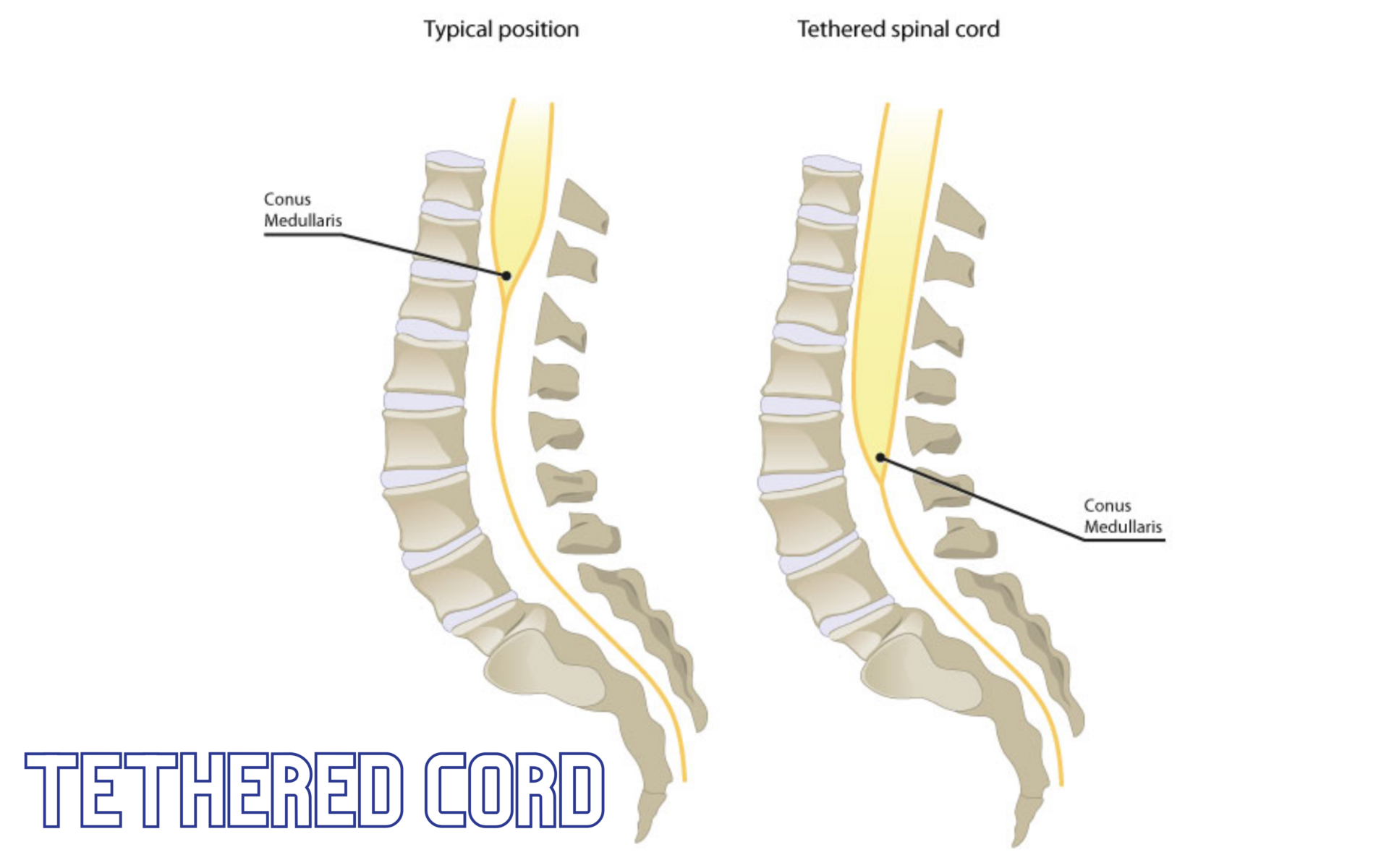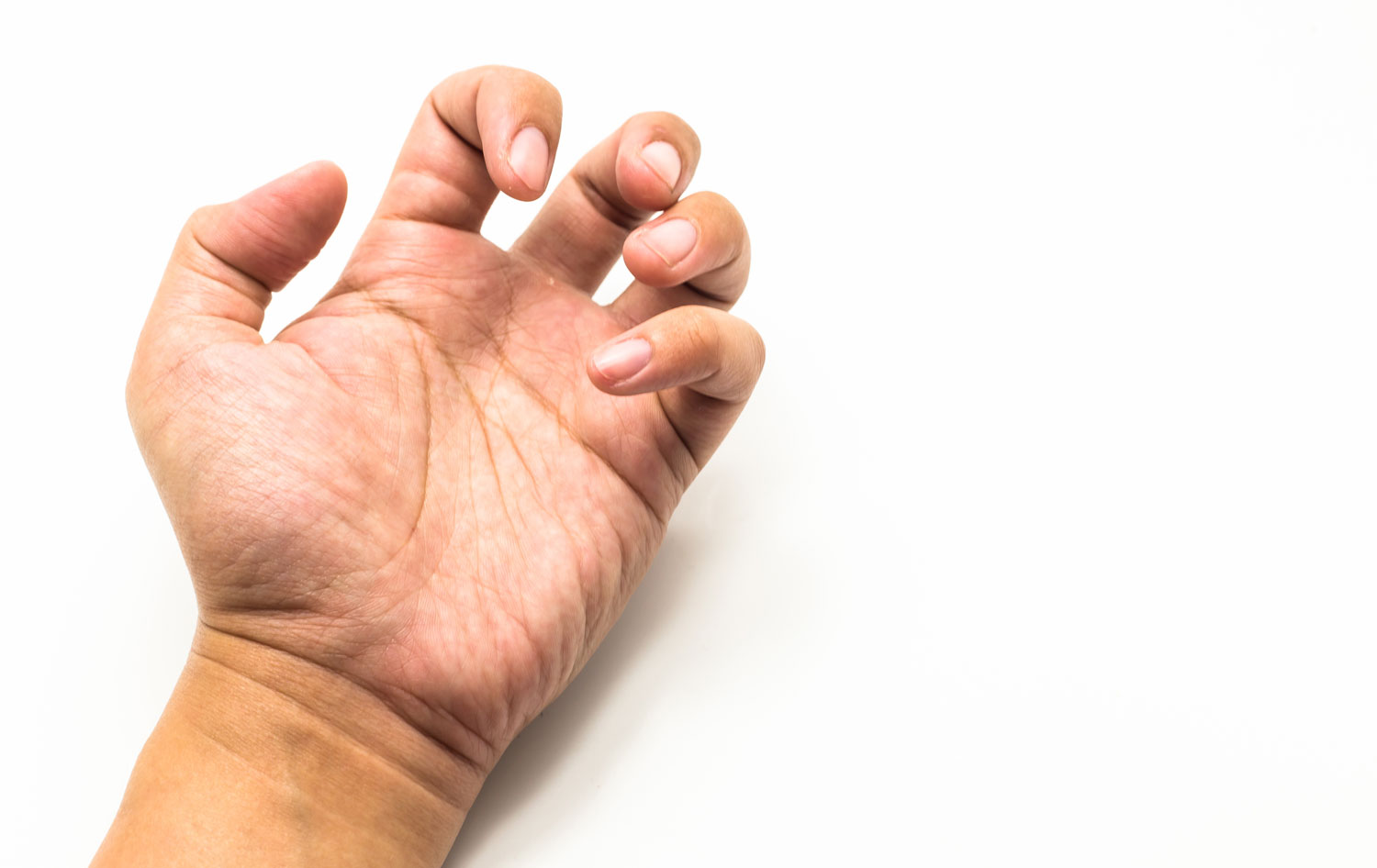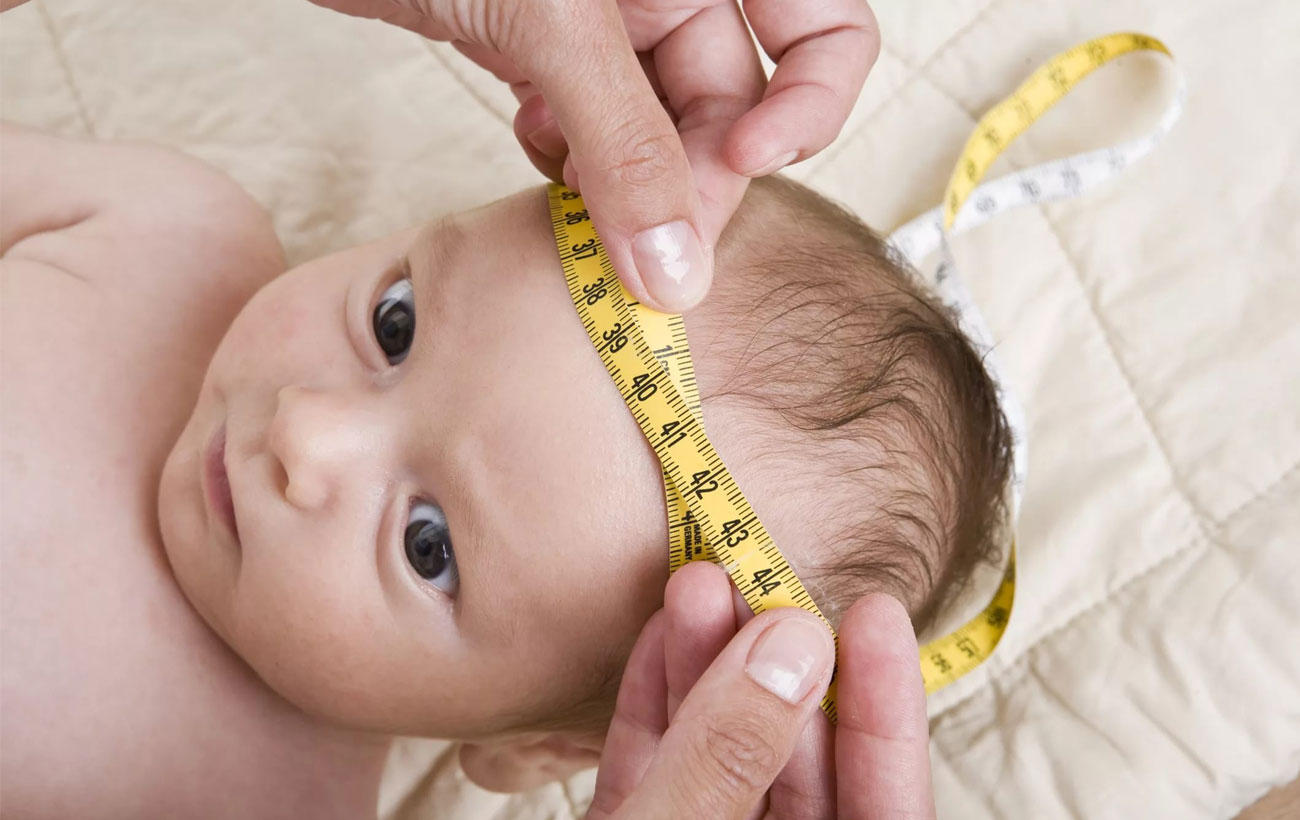Tethered Spinal Cord Syndrome Tethered spinal cord syndrome is a neurological disorder caused by tissue…

Shaken Baby Syndrome
Shaken Baby Syndrome (also known as Shaken Impact Syndrome) is a serious form of abuse inflicted upon a child. It usually occurs when a parent or other caregiver shakes a baby out of anger or frustration, often because the baby will not stop crying.
Babies have very weak neck muscles that cannot fully support their proportionately large heads. Severe shaking causes the baby’s head to move violently back and forth, resulting in serious and sometimes fatal brain injury. These forces are exaggerated if the shaking is interrupted by the baby’s head hitting a surface.
Shaking, with or without the sudden deceleration of the head when it impacts a surface, can cause the following:
- Subdural hematoma, which is a collection of blood between the surface of the brain and the dura (the tough, fibrous outer membrane surrounding the brain.) This occurs when the veins that bridge from the brain to the dura are stretched beyond their elasticity, causing tears and bleeding.
- Subarachnoid hemorrhage, which is bleeding between the arachnoid (web-like membrane surrounding the brain filled with spinal fluid) and the brain.
- Direct trauma to the brain substance itself, caused when the brain strikes the inner surfaces of the skull.
- Shearing off or breakage of nerve cell branches (axons) in the cortex and deeper structures of the brain caused by violent motion to the brain.
- Further irreversible damage to the brain substance from the lack of oxygen if the child stops breathing during shaking.
- Further damage to the brain cells when injured nerve cells release chemicals that add to oxygen deprivation to the brain.
Prevention
Shaken baby syndrome is completely preventable. Taking care of a baby can present challenges, especially for first-time parents. However, it is important to remember that it is never acceptable to shake, throw or hit a baby. The following tips may help prevent abuse:
- Take a deep breath and count to 10
- Take time out and let the baby cry alone
- Call someone for emotional support
- Call a pediatrician – there may be a medical reason why the baby is crying
- Never leave a baby with a caregiver, friend or family member in whom there is not complete trust
- Always check references carefully before entrusting a baby to a caregiver or daycare center




